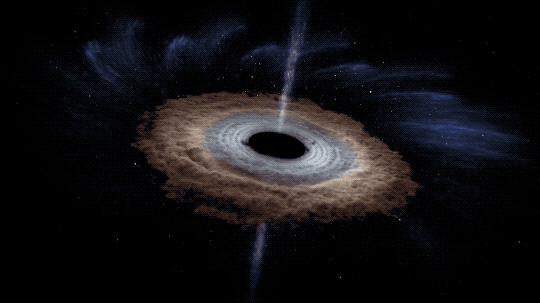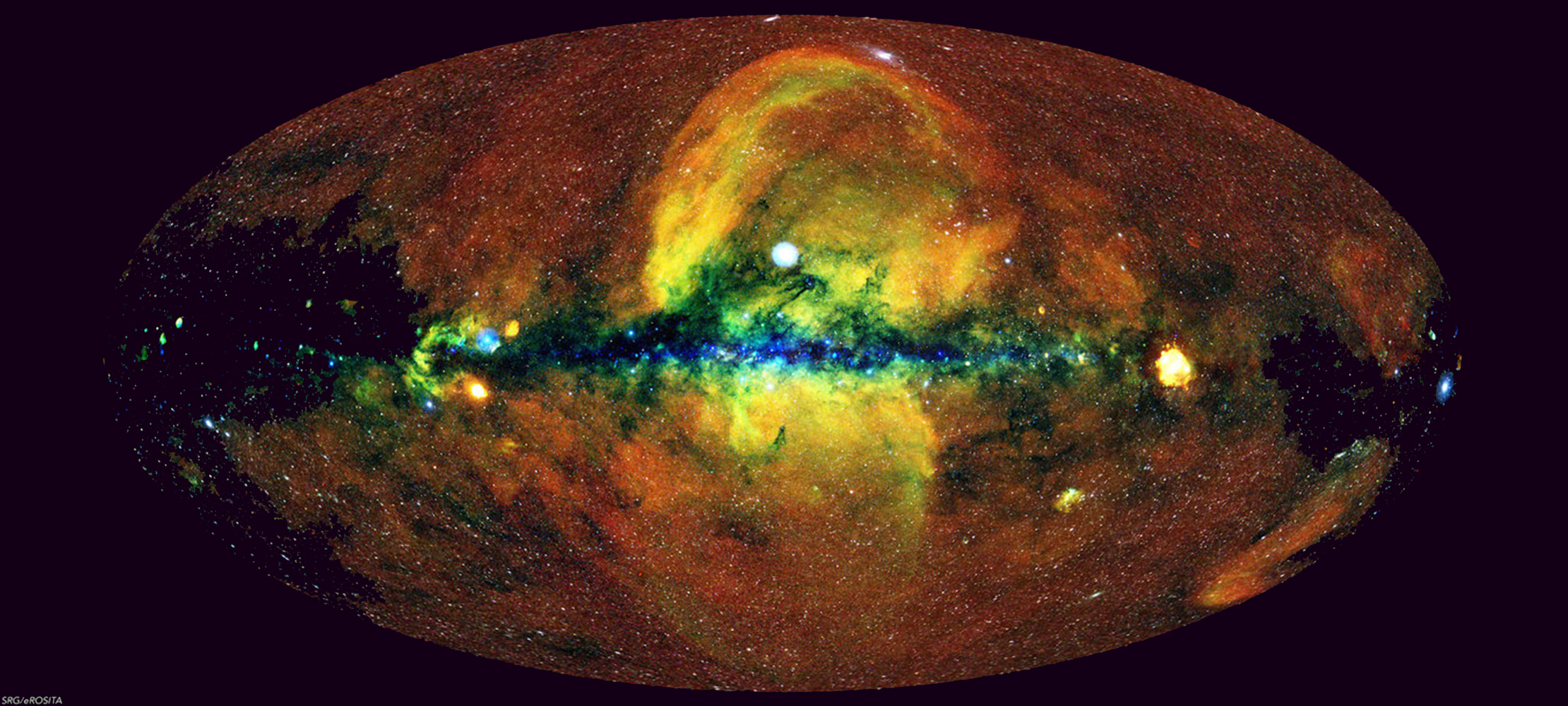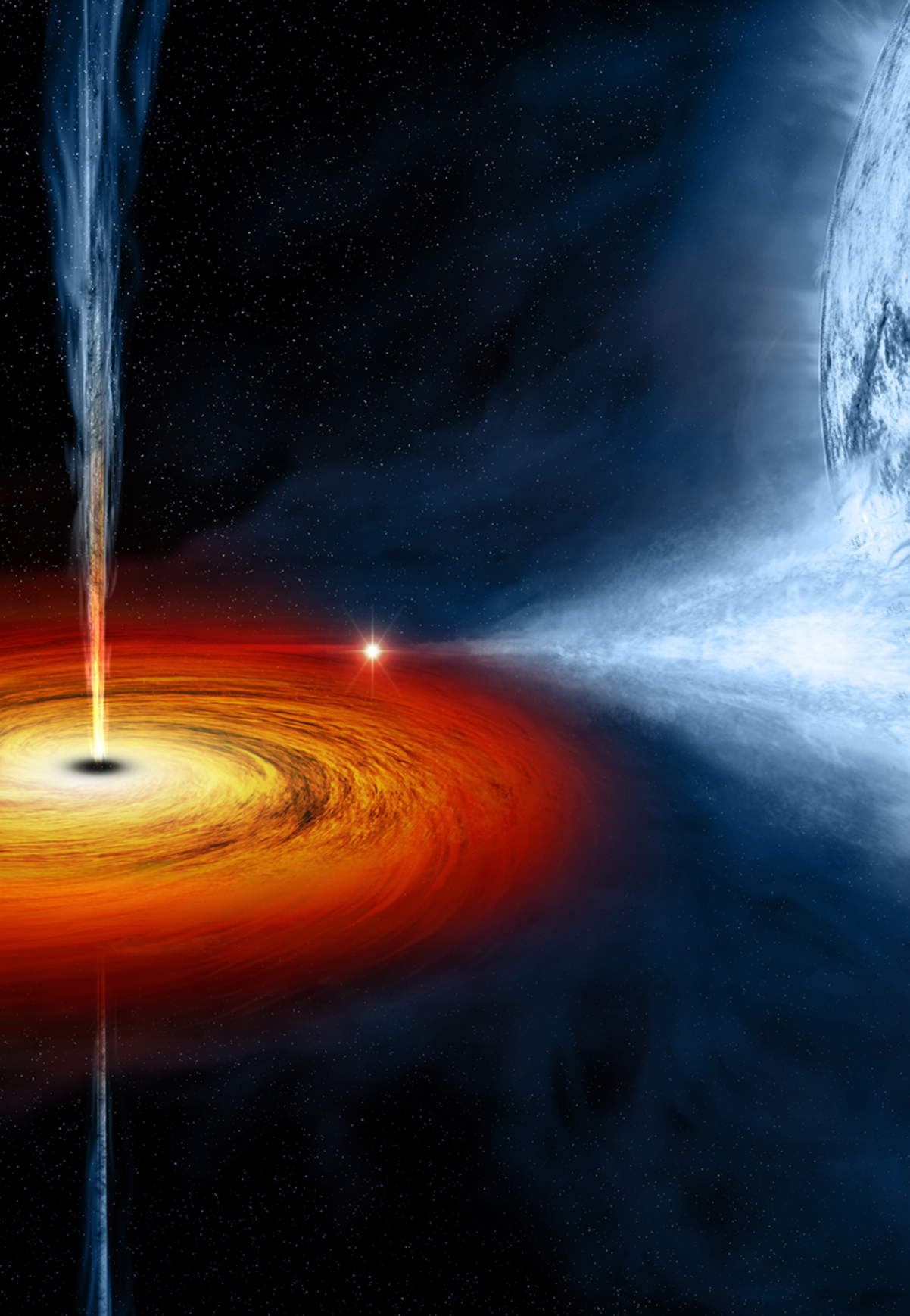High-Energy Astrophysics Laboratory
About the Laboratory
The newly founded High Energy Astrophysics Laboratory at the Sharjah Academy for Astronomy, Space Sciences, and Technology (SAASST) is pursuing vibrant research activities in the field of high energy astrophysics, dealing with a wide range of astrophysical problems under extreme physical conditions.
The research group focuses on the understanding the compact objects and the processes occurring in their vicinity when they grow through accretion either via disk or wind.

The astrophysical objects of interest include the accretion processes onto compact objects, mainly the neutron stars and black holes, through the electromagnetic spectrum. Our research lies in observations, theoretical interpretation and simulation of accreting compact objects in both high mass and low mass X-ray binary systems. Our group members actively devote their efforts in the analysis and interpretation of observational data from an armada of currently operating X-ray observatories (e.g., XMM-Newton, ESA, Chandra, INTEGRAL, Nihels Gherelse Swift Observatory, NuStar, etc) alongside major ground-based facilities such as the European’s Southern Observatory (ESO), Very Large Telescope (VLT) and smaller 1m-class telescopes.
We are staring to theviolenthotunresting universe from space and ground

Get to Know Our Mission
Establishment
Contribute to the establishment of a strong scientific base in the field of high-energy astrophysics at SAASST and the University of Sharjah.
Collaboration
To support initiating national and international collaboration in the field of High Energy Astrophysics and multi-messenger Astronomy.
Education
Pave the way for the MSc. of Science in Astronomy and Space Sciences graduates to work as executive researchers in the field of High Energy Astrophysics.
Leadership
To place SAASST as a prime contributor in the field of High Energy Astrophysics both in the UAE and worldwide.
Main Research Objectives
Analysis
Contribute in providing analysis and interpretation of observational data from the currently operating X-ray observatories as well as our very own Sharjah-Sat-1
Research
Study the accretion processes of the Galactic Black Hole Candidate systems as well as accreting neutron stars in both high mass and low mass X-ray binary systems.
Simulations
Understand the interplay between the donor star (either massive or light) and their compact companion in a variety of systems, either on our Galaxy or near-by galaxies.
Exploration
To pioneer in astrophysics by studying and exploring the objects that play a central role in High Energy Astrophysics.


Astrophysical Compact Objects
White Dwarfs
A white dwarf (WD) is what stars, like the Sun, become after they have consumed their nuclear fuel. An Earth-sized white dwarf has a density of ~ 109 kg/m3, this makes white dwarfs one of the densest collections of matter, surpassed only by neutron stars.
Neutron Stars
A Neutron star (NS) is a collapsed massive star (total mass of between 10 and 25 solar masses) at the end of its life. It results from the supernova explosion of a supergiant star and the gravitational collapse which tends to draw matter inward toward the center of gravity.
Black hole
A black hole (BH) is a result of the contraction of a collapsed star under the influence of gravity to an infinitely dense point, called the singularity. Black holes are the most commonly studied objects as they are associated with the brightest known objects in the cosmos.
What is X-ray astronomy?
Let’s discover and further understand how X-ray Astronomy begun, what are the different kind of object we study, and what kind of instrument do we have. Let’s start with some simple questions:

What is X-ray:
X-rays are a form of light. They are in fact more energetic than the visible light our eyes are sensitive to. X-radiation is part of the electromagnetic spectrum, just like visible light, radio waves, microwaves, etc. X-rays were discovered in 1895 by Wilhelm Conrad Roentgen (left), a German physics professor working in a laboratory in the Physical Institute of the University of Wurzburg. For this discovery, he won the first Nobel prize in physics (1901).
How did all begin?
Since cosmic X-ray radiation is absorbed by the Earth's atmosphere, space-based telescopes are needed for X-ray astronomy. X-ray astronomy started by using rocket-borne detectors in the late 1950s and early 1960s, to Uhuru, the first orbiting X-ray astronomy satellite, in the 1970s. Paving the way for more advanced Space observatories such as Einstein Observatory (1978), the first fully imaging X-ray telescope put into space, and later with the Chandra X-ray Observatory, which was launched in 1999 and is still in operation. Riccardo Giacconi played a key role in the development of X-ray Astronomy and hence was awarded a share of the Nobel Prize in Physics in 2002 "for pioneering contributions to astrophysics, which have led to the discovery of cosmic X-ray sources".
What is an X-ray Binary?
X-ray binaries are a class of binary stars that are luminous in X-rays. The system contains two stars, one typically compact (see above) and another one similar to our Sun. The X-rays are produced by matter falling from one component, called the donor to the other component, called the accretor, which is very compact.
What is the brightest X-ray source in the sky?
Scorpius X-1, (cataloged as Sco X-1), is the brightest X-ray source in the sky, the first such object discovered in the direction of the constellation Scorpius. Detected in 1962, its X-radiation is not only strong but, like other X-ray sources, quite variable as well.
What is an Active Galaxy?
An active galactic nucleus (AGN) is a compact region at the center of a galaxy that has a much-higher-than-normal luminosity over at least some portion of the electromagnetic spectrum with characteristics indicating that the luminosity is not produced by stars. Such excess of non-stellar emission has been observed in the radio, microwave, infrared, optical, ultra-violet, X-ray, and gamma-ray wavebands. A galaxy hosting an AGN is called an "active galaxy". The non-stellar radiation from an AGN is theorized to result from the accretion of matter by a supermassive black hole at the center of its host galaxy.
Collaborations
University of Geneva, Geneva, Switzerland
European Space Agency/ESAC, Madrid, Spain
University of Crete, Crete, Greece
Institute of Astronomy – FORTH, Crete, Greece
N. Carolina State University, Raleigh, NC, USA
N. Copernicus Astronomical Center, Warsaw, Poland
European Space Agency/ESAC, Madrid, Spain
University of Crete, Crete, Greece
Institute of Astronomy – FORTH, Crete, Greece
N. Carolina State University, Raleigh, NC, USA
N. Copernicus Astronomical Center, Warsaw, Poland
University of Tubingen, Tubingen, Germany
KU Leuven, Leuven, Belgium
Sultan Qaboos University, Muscat, Oman
University of Colorado, Boulder, CO, USA
Observatoire de Paris – Meudon, Paris, France
College of Charleston, Charleston, SC, USA
KU Leuven, Leuven, Belgium
Sultan Qaboos University, Muscat, Oman
University of Colorado, Boulder, CO, USA
Observatoire de Paris – Meudon, Paris, France
College of Charleston, Charleston, SC, USA



